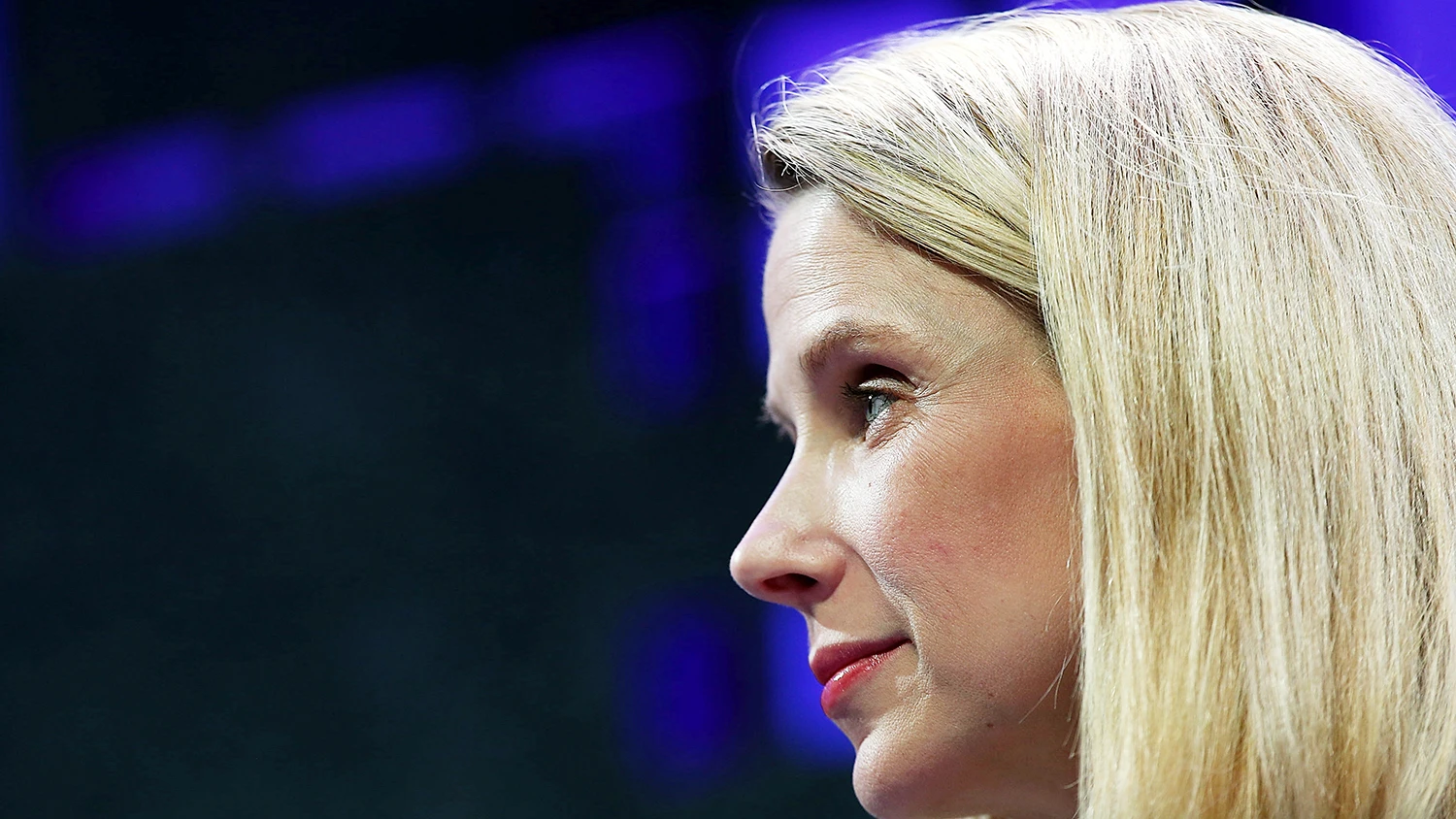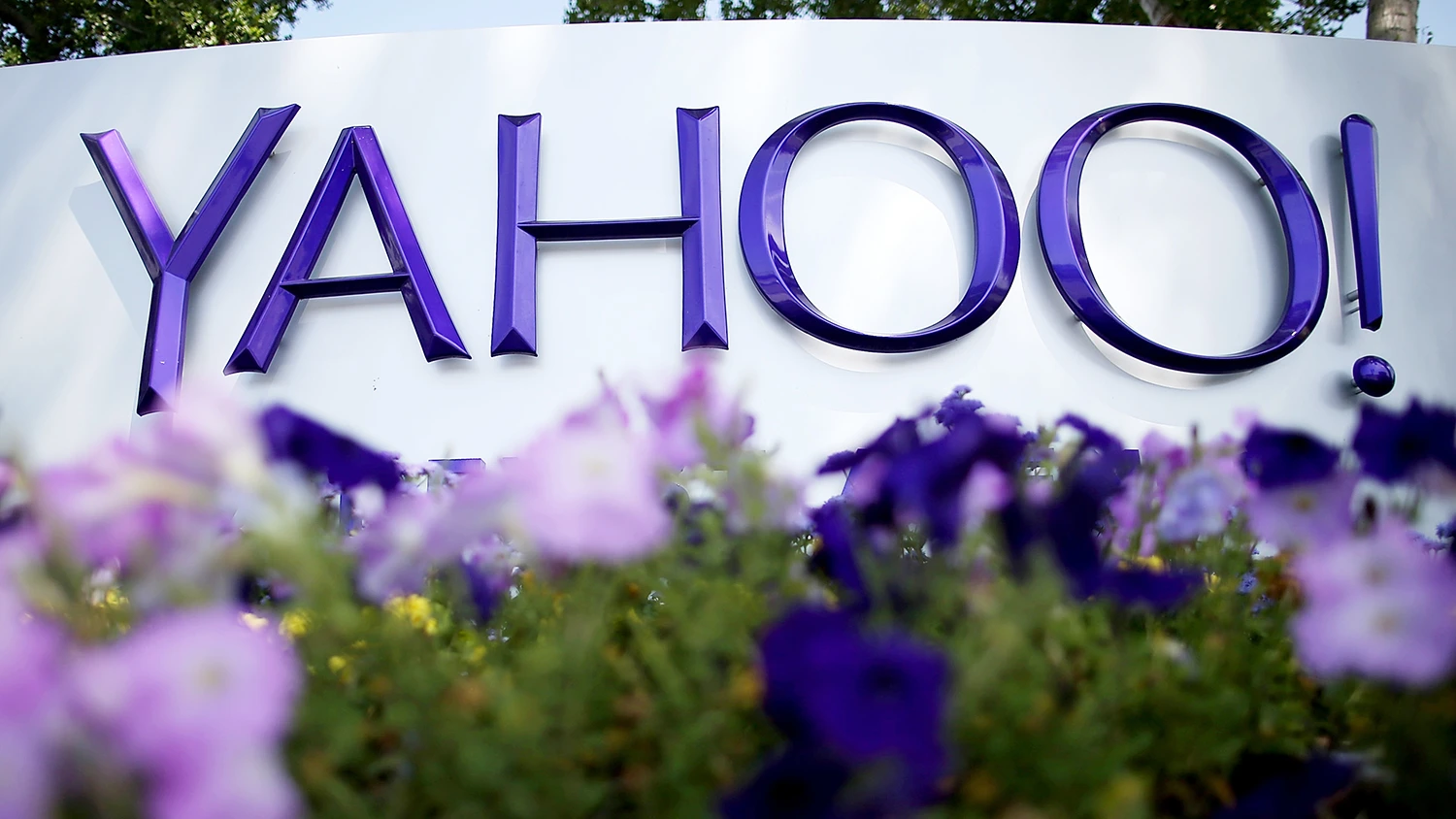Yahoo’s webcast about how it did in the fourth quarter of 2015 began in spirited fashion, with the traditional “Yahoooooooooo!” yodel. But the actual news that followed was sobering, even though the company beat Wall Street’s expectations with quarterly revenue of $1.28 billion. And more sobering still were the plans CEO Marissa Mayer announced for 2016, which include layoffs, discontinuation of services–and the possibility that part or all of the company could end up being sold off.
The key buzzword at Yahoo remains MaVeNs, Mayer’s kinda-sorta-acronym for Mobile, Video, Native, and Social. That means that the company wants to matter as much on smartphones as it historically did on PCs; that it needs to be a major purveyor of video, and good at monetizing views; that instead of being dependent on old-school ads such as banner ads, it must be a leader in “native” marketing formats that look more like the content they accompany; and that it should be built to let its billion-plus users share stuff with their friends. Yahoo said that revenue from such efforts added up to $1.66 billion in 2015, up 40% year-over-year. But MaVeNs isn’t growing fast enough to make up for declines in older revenue streams. And Yahoo is expecting only modest MaVeNs growth to $1.8 billion in 2016.
So Mayer outlined a strategy for a “simpler” Yahoo that will be significantly smaller and less expensive to operate. It will focus on fewer products, including search, mail, and Tumblr; close some underperforming old businesses, such as Yahoo Games and Yahoo Smart TV; and merge some of its digital “magazines” to emerge with a more streamlined content portfolio that emphasizes News, Finance, Sports, and Lifestyle. Additionally, some surviving products, such as Flickr and Groups, will be run in a fashion that requires less investment.

Yahoo will also be closing offices, including ones in Buenos Aires, Dubai, Madrid, Mexico City, and Milan. It will create fewer localized services for Europe and Latin America, and instead focus on the U.S., Canada, U.K., Germany, Hong Kong, and Taiwan. It also plans to sell off unneeded assets such as real estate and non-strategic patents, which it thinks can raise another $1 billion on top of $400 million a year in planned cost cuts.
Mayer said that the company, which had 17,000 employees and contractors in 2012, will bring the head count to 9,000 by the end of the year, by shrinking another 15%.
During the webcast, she positioned the cuts as smart streamlining that will allow the company to make the most of MaVeNs and other initiatives with room for growth. “I’ve never believed more in this company–in the people, the products, and the inherent value of what we do,” she said. “This plan sets out to make Yahoo the very best version of itself and I’m confident in the company’s ability to execute on it.”
She also took time to criticize some press reports of lavish spending at the company, such as $7 million on a holiday party and $450 million for free food over the past few years. “I have found these untruths to be upsetting,” she said, and maintained that both of those figures were exaggerated by a factor of more than 300%.

The Dreaded “Strategic Alternatives”
All this shrinkage is a move in the direction urged by activist investors who have long said that Yahoo is too large. But others have said that Yahoo should simply sell itself, in whole or in chunks. During the webcast, Mayer opened up such a scenario by saying that the company will consider “strategic alternatives.” It will do so while simultaneously working on a plan that would see it spin off its core assets into a new company, leaving its investment in Chinese e-commerce giant Alibaba as the remaining asset. (The company’s original plan to spin off the Alibaba investment fell apart after the IRS refused to assure Yahoo that the transaction would be tax-free.)
Yahoo, which began in 1994 as Stanford students Jerry Yang and David Filo’s dorm-room project, did as much as any other single company to bring the web to consumers. Mayer continues to embrace that legacy: “Our vision for Yahoo isn’t changing and is rooted in our beginnings as Jerry and David’s Guide to the World Wide Web,” she said. If everything breaks in the company’s favor–never the most obvious assumption when it comes to Yahoo–it might come out of 2016 in a better position to pursue that vision. But with so much change ahead and so many specifics yet to be disclosed, it’s tough to make any informed predictions about where the web giant might find itself in a year or two.
Recognize your brand’s excellence by applying to this year’s Brands That Matter Awards before the early-rate deadline, May 3.
